Grand Bassam, Cote d’Ivoire
Once you leave the dust of Cote d’Ivoire’s economic capital, Abidjan, behind, it is refreshing to see the verdant mangroves, beach and swamps of Grand Bassam’s coastline. The city is only 40 kilometres from Abidjan and has rebounded from a yellow fever epidemic and a recession to become an arts and crafts hub.
In 1893, Grand Bassam the first capital of Côte d’Ivoire. However, it was abandoned three years later because of a yellow fever outbreak. The city remained a key seaport, and an influx of wealthy merchants returned and built the stately, colonial houses the city is famous for.
It became a victim of its own success in the 1930s when its wharf became overrun with maritime traffic, necessitating the construction of another wharf in Port Bouet. When the remaining administrative offices were transferred to Abidjan in 1968, the city became a refuge for squatters. But since the 1970s, Grand Bassam has experienced resurgence through its tourism and arts.
Getting there
Getting to Grand Bassam is part of the journey: you must first navigate the markets of Port Bouet and contend with errant street vendors, willful wheelbarrows and taxicabs doing five-point turns — it’s not too bad if you’re a passenger, but it’s pretty dangerous for drivers.
Coconut trees start to sprout along the route to Grand Bassam, their shadows dappling shacks and freshly painted churches. A blur of metallic artwork — massive butterflies, miniature Coca-Cola trucks and Disney characters — shimmers in the sunlight.
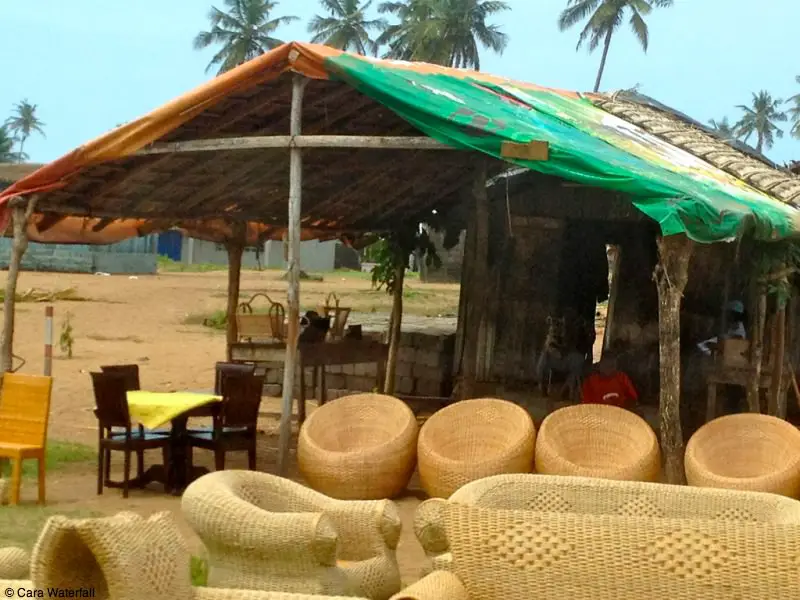
But the real art safari begins after Port Bouet and police roadblocks on the strip of shops just outside of Bassam, where you can buy rattan furniture, driftwood art, batik robes and traditional and contemporary paintings. Many tourists make impromptu stops here so be prepared to brake suddenly.
When you pass the frenzy of the markets, the faded grandeur of Grand Bassam looms in the distance. The city’s melancholy past is visible in its decrepit buildings, damaged by sea spray and lack of upkeep. A few are being painstakingly restored, although at a languid pace, and some of the colonial buildings are still residences — another sign that the past and the present can co-exist comfortably.
Ten things to do in and around Grand Bassam
1. Hit the road
Checking out roadside furniture is a must. The streets are lined with dining and living room sets and plush armchairs. You probably won’t be lugging that couch onto the plane or shipping it home, but it’s still worth a stop for a photo or two.
2. Get back in the saddle
Fancy a horse ride along the beach? The Horse Academy has been on the route to Bassam since 1963. Aside from the exercise and sightseeing advantages, it also gives you a surefire way to gallop away from tenacious young men, hell-bent on becoming your guide.
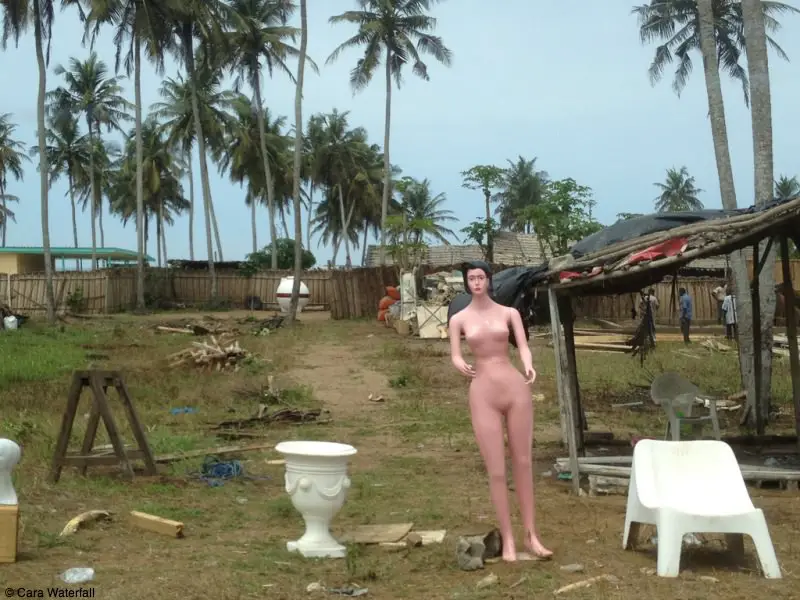
3. Walk the Victory Walk
The Pont de la Victoire or Victory Bridge hovers over the shimmering waters of the Ouladine lagoon. It pays homage to the brave women who marched 50 kilometres to liberate male activists in 1949.
4. Brunch at Hotel L’Étoile du Sud
This hotel elegantly replicates the colonial architecture of Grand Bassam. If you don’t want to stay for the night, consider indulging in their Sunday brunch, which includes Ivorian delicacies like aloco (fried plantains) and fish kebabs. You also get to use the pool — just watch out for excitable teenagers doing cannonballs.
5. Visit the Yellow Fever Monument
This modest, but poignant statue commemorates the yellow fever outbreak that killed a number of inhabitants of Grand Bassam in 1896. The statue shows a shrouded male casualty lying at the feet of his ever-hopeful wife, who is holding medicine.
6. Hold court at the Ancien Palais de la Justice
Despite having been devoured by the elements, this old courthouse is still considered to be one of the most handsome structures in Grand Bassam.
7. Wander around the Cimétiere d’Azuretti
Constructed on a ribbon of sand between the sea and the grass, this cemetery has three sections: a Muslim cemetery; the tombs of the wealthy adorned with bronze and marble angels; and the simple gravestones of the villagers.
8. Support the arts
La maison des artistes (the house of artists) is a cooperative of craftsmen that sells masks and other wood carvings, and brass and batik work. It has only existed since 2002, but the artists have made up for lost time: there is a wonderful selection of paintings to choose from.
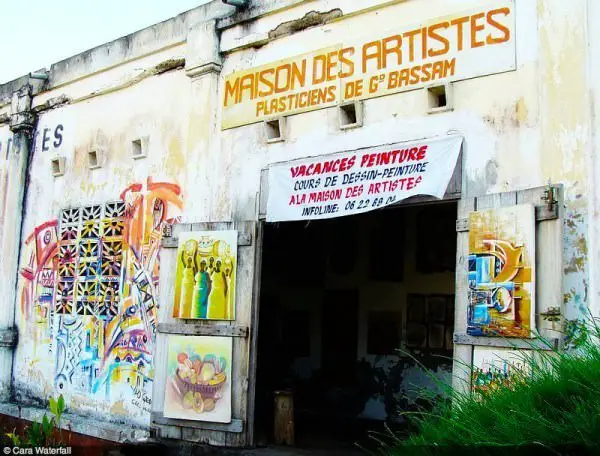
9. Look for the Virgin Mary in the lagoon
There’s a statue of the Virgin Mary immersed somewhere along the route to Azuretti — do a search and you may find it!
10. Celebrate costume
The National Costumes Museum of Côte d’Ivoire comprises decorated huts that exhibit an array of traditional statues and costumes. Given the fact that the country has over 60 ethnic groups, museums — like this one — are the key to Ivorians preserving their heritage. It is housed in the former Governor’s palace.
Getting to and around Grand Bassam
The Félix Houphouët-Boigny International Airport (also known as Port Bouet) is 16 kilometres southeast of Abidjan. It is served by major airlines like Air France and Emirates, and Royal Air Maroc can offer more-affordable flight options. It is less than an hour’s flight from all of the capitals of the sub-Saharan region.
If you are travelling to Grand Bassam by car from Abidjan, take the paved road in the direction of Ghana through Port Bouet. A sprawling market and police checks will slow your journey down, but it is the only road to Grand Bassam.
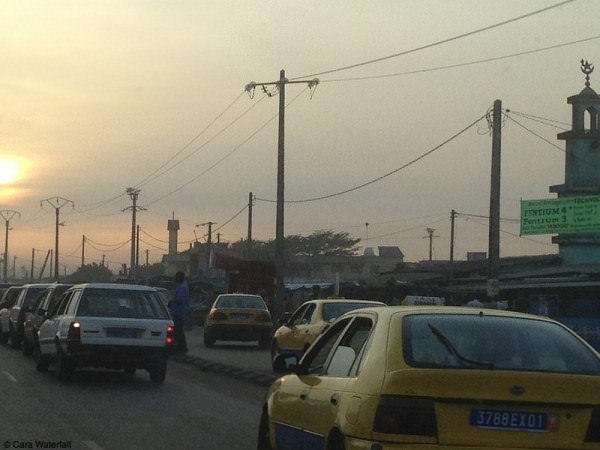
Taxis are reddish-orange and affordable; just make sure to negotiate the fare before you leave — the drivers don’t often remember to set the meters, which are typically in shabby shape. Fares to Grand Bassam will cost about 5000 to 7000 CFAs (US$10-14). Within Bassam, you can rent a taxicab for about 200 CFAs (less than US$0.50) for 30 minutes.

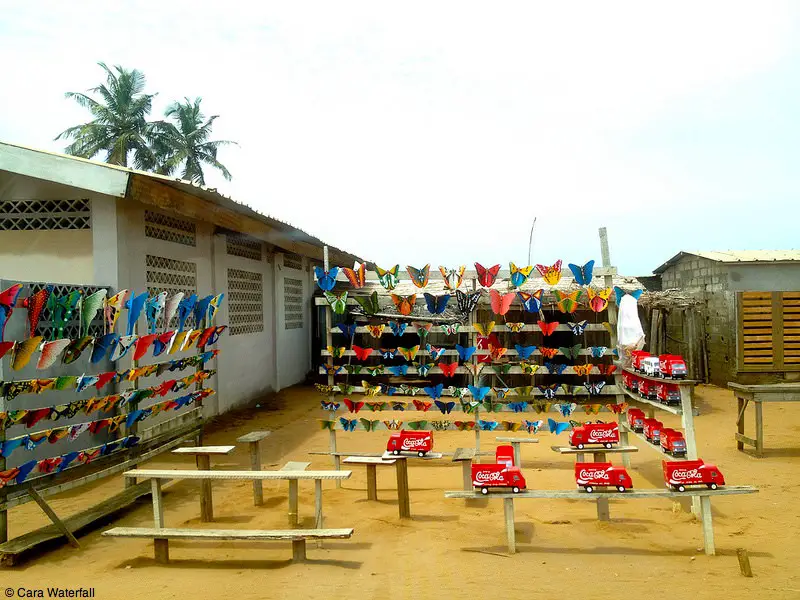


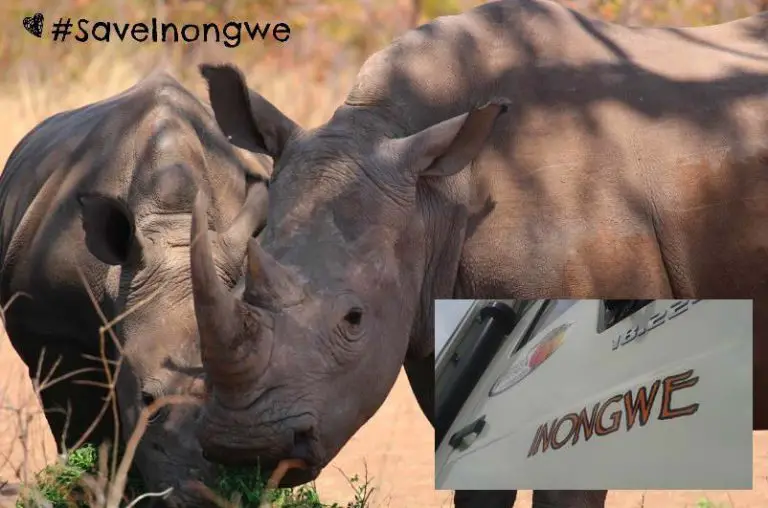

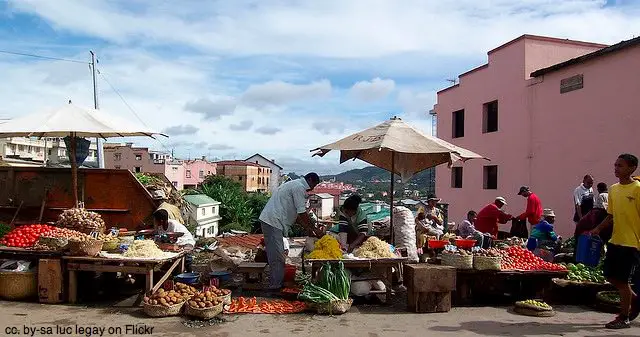
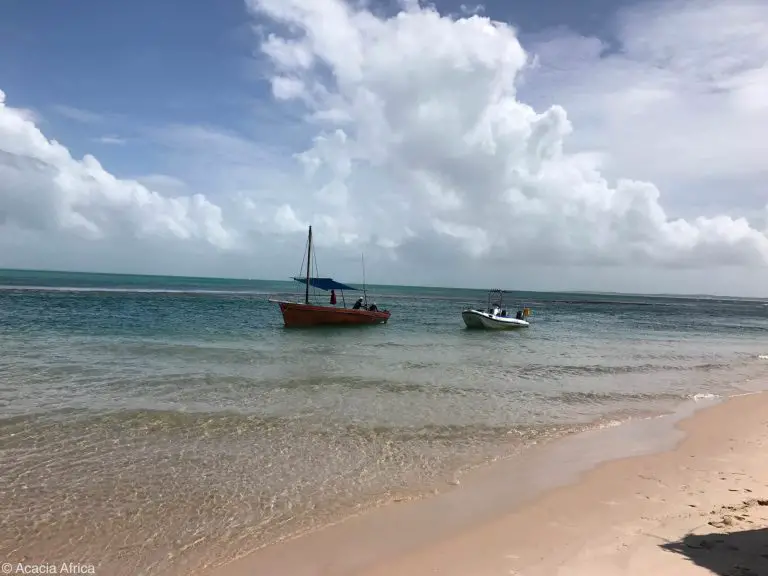
When my friend was staying in Senegal years ago she made a stop in Cote d’Ivoire. She said it was one of the best experiences ever. I am not sure if she went to any of these places but the descriptions sound so much like what she has told me.
I am so happy to see a cemetery on the list of things to see. When I go travelling I love to stop in cemeteries. I think you can really get a feel for a regions past and current context in a cemetery.
Cote d’Ivoire has always just been ‘part of Africa’ for me, so I’m loving these stories that make it so much more human, and more alive for me. ~Craig